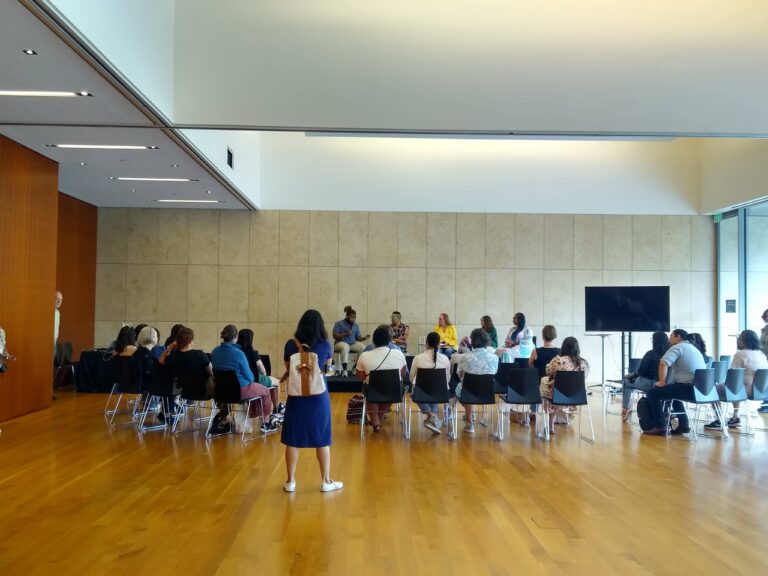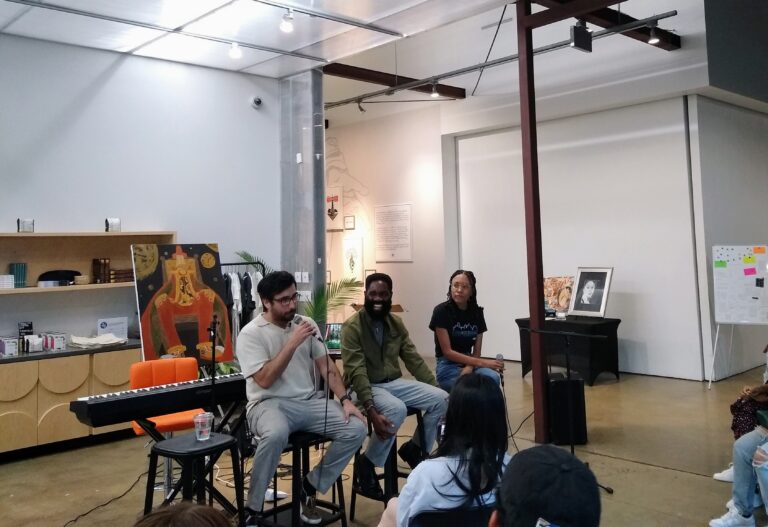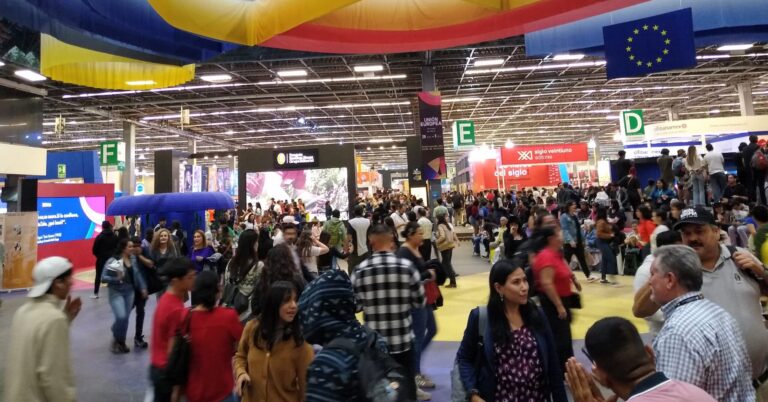5 takeaways from the REELpoetry International Poetry Film Festival
Oftentimes we’re satisfied with reading poems silently—if we’re reading them at all. Yet, this approach limits their impact on us. Video poetry, however, both pushes the boundaries of the form and brings us back to its essence. Hence, the 2025 REELpoetry International Poetry Film Festival offered a unique opportunity to rediscover and engage with this literary genre. The hybrid festival is based in Houston, TX and hosted by Public Poetry. This year’s program included an in-person event, virtual cafés, and on-demand viewing. The online and in-person program lasted two weeks (3/31 – 4/12), with on-demand screening until May 15.
The juried submissions included domestic and international poetry films from 13 countries. Additionally, the festival featured special guests who curated video poem showings. The segments were diverse, ranging from a “Video Jukebox” and “Screening Texas Poets” to revisiting Motionpoems Inc. and exploring Matt Mullins’ neo-primitive underground aesthetic. Meanwhile, other segments centered on sound or philosophy, curated by Janet Lees (“Sound decisions”) and Mersolis Schöne of Moving Thought, respectively. Viewers also enjoyed a selection of winners from the Ó Bhéal Poetry Film Competition (Ireland) and Fotogenia Film Festival (México).
When a poem jumps off the page and onto the screen, the possibilities are endless! Some video poems were created by filmmaker-poets, while others were adaptations of existing poems. Rather than focusing on the REELpoetry winners, this post provides a broad overview of poems across the different submission categories and featured curations. After reflecting on my experience, I identified 5 main takeaways. Given the quantity of films to choose from, the Texas poets and in-person event will be covered separately. Links to the video poems are provided when possible; otherwise, the link goes to further information.
I hope you walk away inspired and with a few video poems up your sleeve!
1) Video poetry can raise awareness
We find ourselves in a Russian courtroom in January 2024 as “09.01.berkovich” brings to life the speech by Evgenia Berkovich, an incarcerated playwright and theatre director. Listening to her words with a backdrop of crayon sketches creates an effect that cannot be replicated by a newspaper blurb. Another example is “American Arithmetic” by Natalie Diaz, which underscores police brutality against indigenous people in the United States. The soundbites, as well as footage of people, vigils, and community gatherings reinforce the poem’s impact. Meanwhile, Dutch poet Sjaan Flikweert breaks the silence of domestic violence in “Unseen.” Each video poem immerses and engages the viewer in the subject matter; they cannot simply turn the page or scroll away.
2) Video poetry pulls back the curtain
In “Drunk Daddy’s Girl,” by Latvian poet Madara Gruntmane, we cross a swamp and an emotional landscape filled with pain and trauma. The impact of the video poem lies beyond its words and images; it is raw vulnerability. In other poems, we listen to the thoughts of the poetic voice on a night drive (“Bridge” by Adam E. Stone) and a meditation on cultural heritage, family, and precarity (“How to Raise a Black Child” by Cortney Lamar Charleston). A deeply human proximity exists for the length of these poems. However, after the video ends, when will we experience that kind of closeness again?
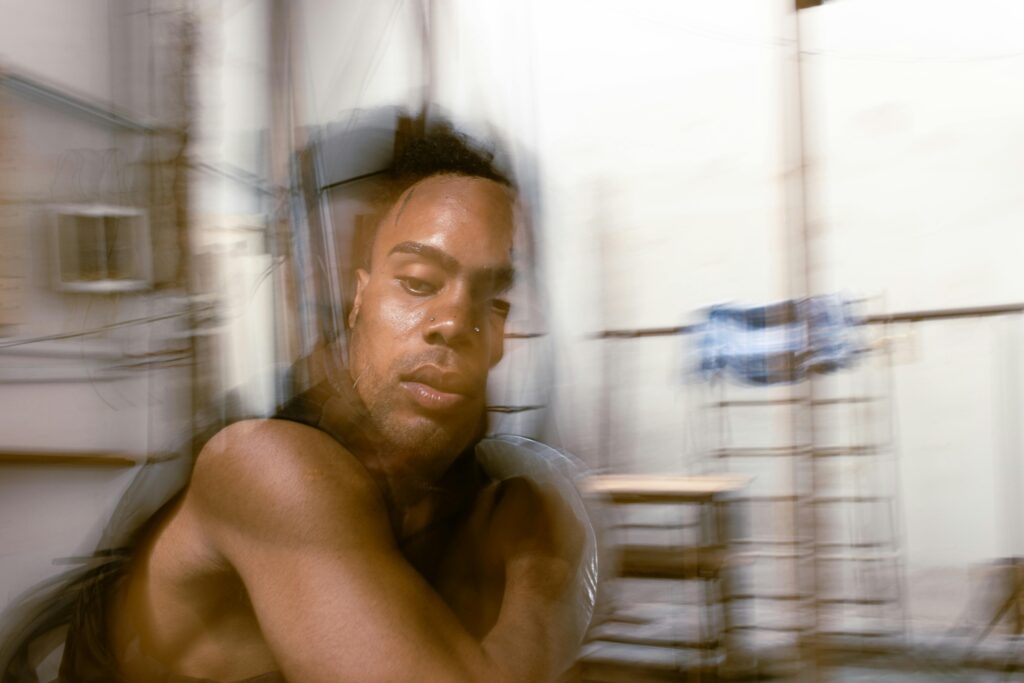
3) Share, share, share!
Sometimes a poetry film related to an aspect of my life, and I felt inspired to share it. “I Come from the Fire City” by Eve L. Ewing, for instance, was a perfect match for a book I had just read for a book club. During a philosophical discussion with a friend, I brought up the thought-provoking video poem “The Life We Live is not Life Itself” by Greek poet Tasos Sagris. I also shared “Dance Beat” by POETAQ for its exploration of Japanese’s rhythm and use of graffiti from 1334. Perhaps, we can use video poems as part of our daily conversations more often.
4) We can explore our personal history
In “Broken Arabic,” we follow Amal Kassir through rubble as she explores her relationship with language, war, and grief. While primarily in English, Kassir includes some Arabic in the poem, allowing the viewer to hear the language she struggles with and for. “How Much Filipino” by Greg Roensch also employs bilingualism with English and Tagalog to explore questions of identity and culture. The Spanish-language video poem “Rosa” (directed by Jannik Ohlendieck) centers on a Mexican grandmother and her reflections on life. The video poem is a beautiful blend of the past, present, and future, as she’s surrounded by her grandchildren.
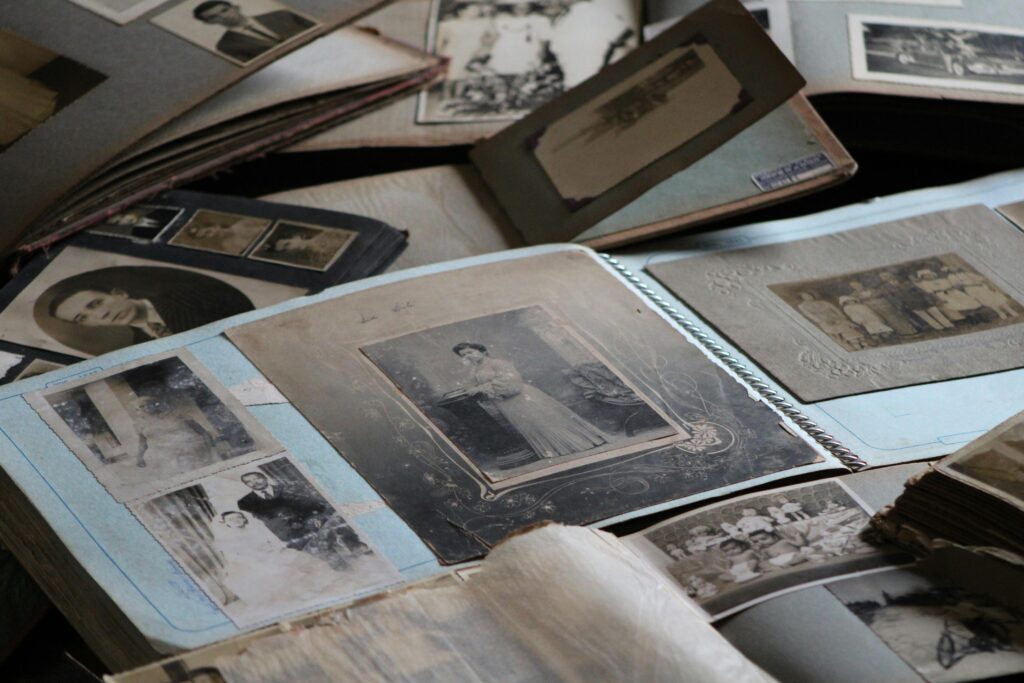
5) There is more than one way to approach a video poem
“Umbral Cloak,” directed by Cade Savage Schwartz, features a climber who experiences a metamorphosis. I was impressed by the narrative power of its silent clips—before realizing I had it on mute. Nevertheless, the experience taught me that you can play with the way you watch a video poem. Another example is “Museum Underwater” by Angie Siveria, which is in Ukrainian with English subtitles. Before I could understand the words, I was able to feel the waves of water and emotion. As with reading poetry, you rarely get the full impact with one reading. Lastly, Matt Mullin’s “Monster Movie” is an engaging exploration of manhood, monstrosity, and society. Its use of sounds and screen arrangements invites the viewer to watch it in different ways.
Fall in love with video poetry!
This brief overview barely scratches the surface of the 2025 REELpoetry International Poetry Film Festival. The video poems were diverse in terms of approach, style, and subject matter; yet all sought to conjure emotions and stories for the viewer. With over 100 poetry films, there were just as many opportunities to learn, connect, share, explore, and experiment. I look forward to watching more video poetry in the future, whether from the same filmmakers or new ones featured in next year’s festival. As a poet, I felt inspired, renewed, and moved by the video poems. I’ll keep these takeaways as I move forward in my own creative journey. Next up is the Texas poets and the in-person event!


